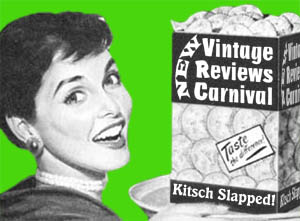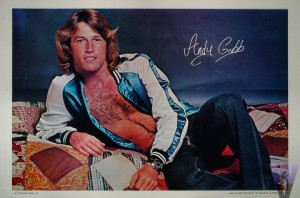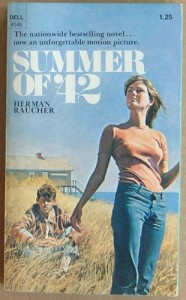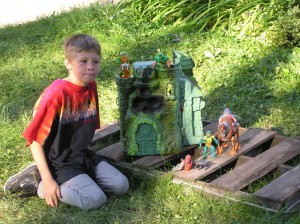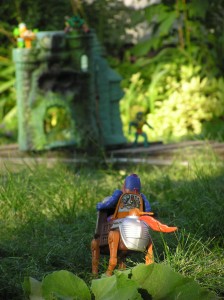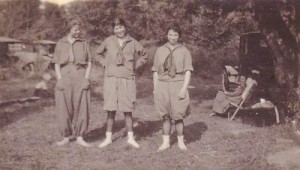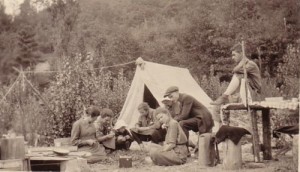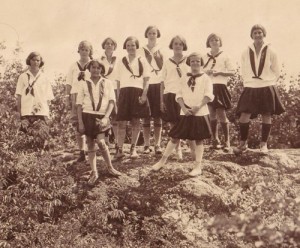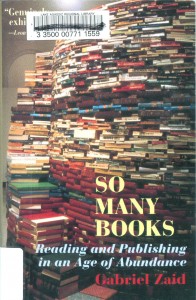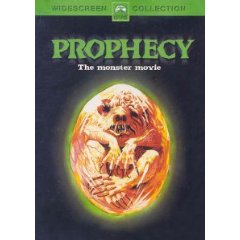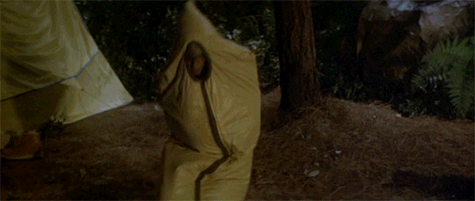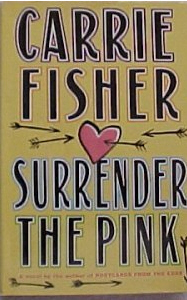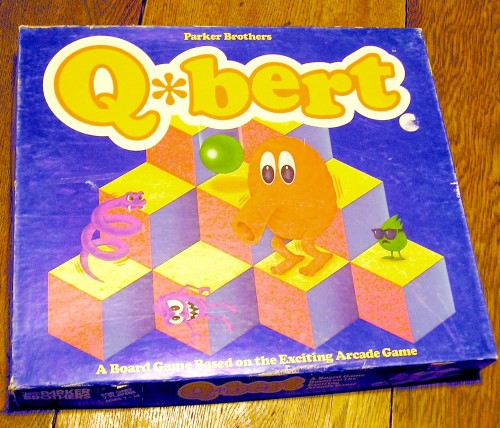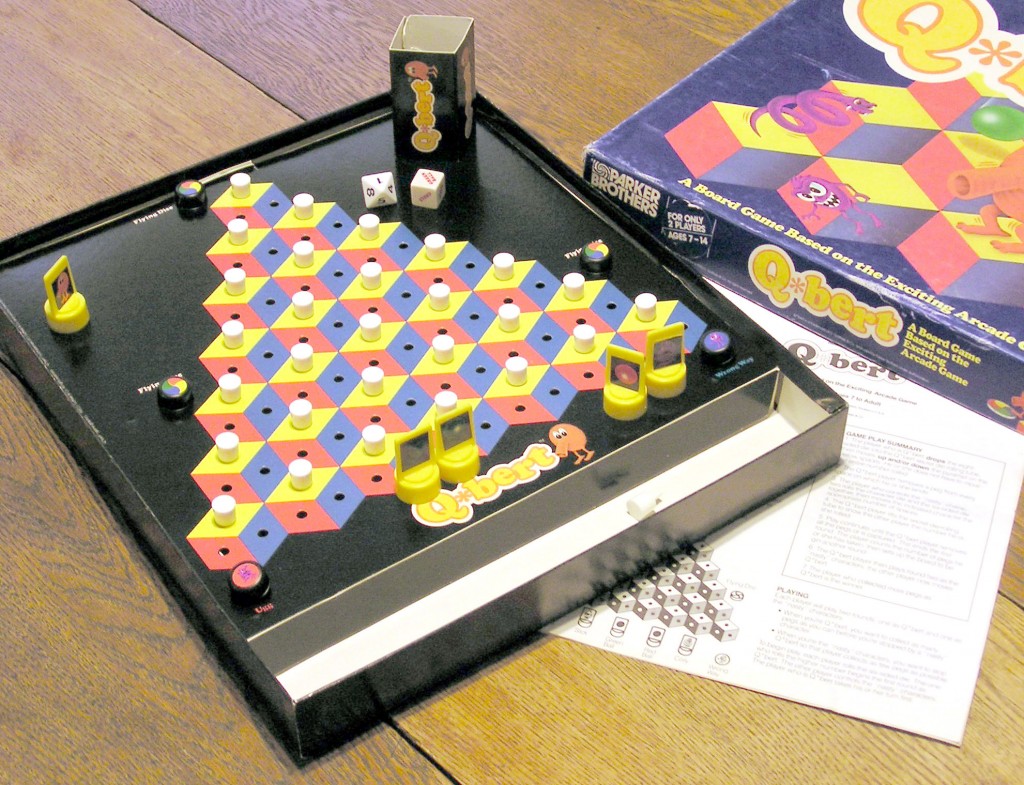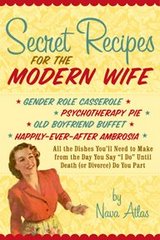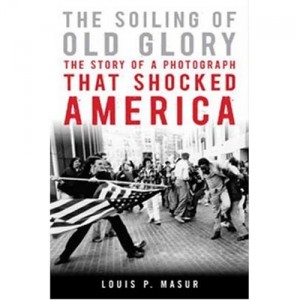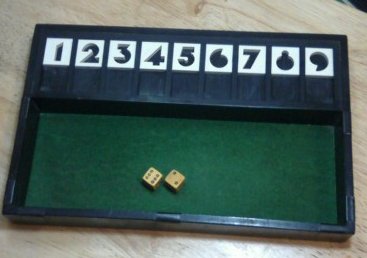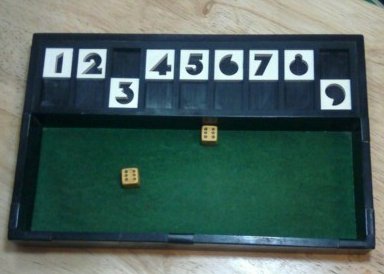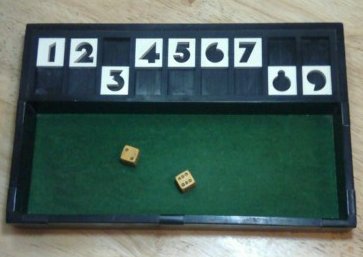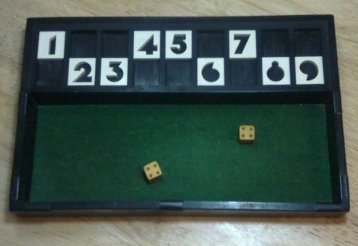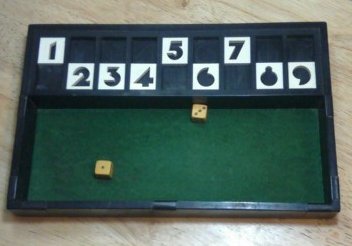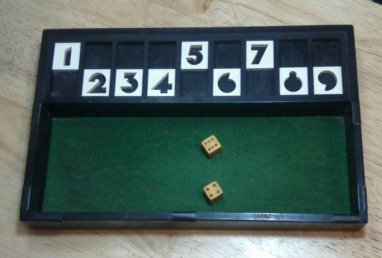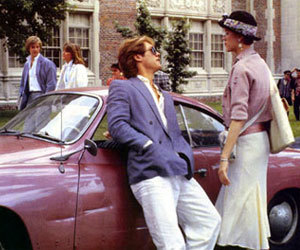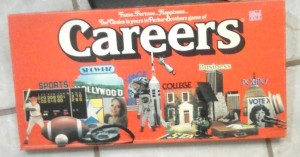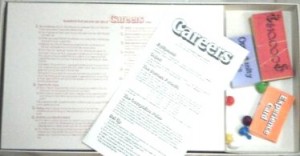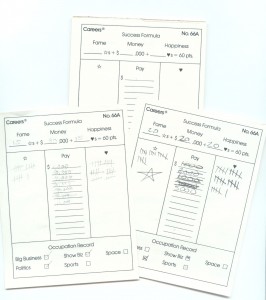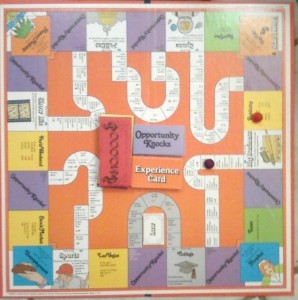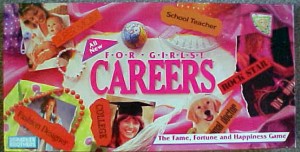I’d never heard of the movie Sparkle. Maybe because in 1976 I was a white tween, getting my fill of film angst from The Bad News Bears (gawd I knew just what Jackie Earle Haley’s Kelly Leak wanted — and what Tatum O’Neal’s Amanda Whurlizer couldn’t give him!); I don’t know. But the list of names which accompanied the title on the cable’s info screen was intriguing…
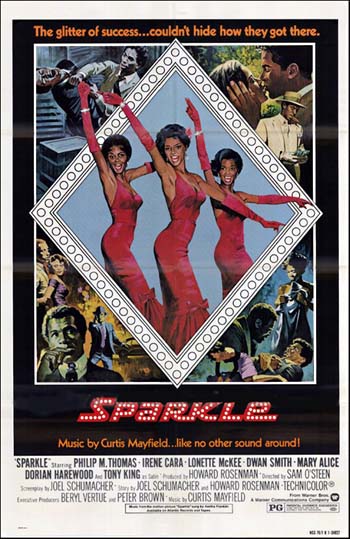 Philip M. Thomas (later Philip Michael Thomas, the pretty one of Miami Vice fame), Irene Cara (Fame), Lonette McKee (a beauty whose career credits include The Cotton Club, The Women of Brewster Place & Jungle Fever), Mary Alice (an actress I don’t think has ever been given proper attention or credit — save for, perhaps, at Stinky Lulu’s), Dorian Harewood (a man who has been in so much it’s ridiculous!), & Beatrice Winde (a great character actress you’ll recognize on the spot).
Philip M. Thomas (later Philip Michael Thomas, the pretty one of Miami Vice fame), Irene Cara (Fame), Lonette McKee (a beauty whose career credits include The Cotton Club, The Women of Brewster Place & Jungle Fever), Mary Alice (an actress I don’t think has ever been given proper attention or credit — save for, perhaps, at Stinky Lulu’s), Dorian Harewood (a man who has been in so much it’s ridiculous!), & Beatrice Winde (a great character actress you’ll recognize on the spot).
So, even if Sparkle was a retro train wreck of a film — especially if it was a retro train wreck of a film — I had to watch!
Sparkle (1976) is approximately a twenty year old film which takes place approximately twenty years earlier, in 1958. Got it? Good.
(1976) is approximately a twenty year old film which takes place approximately twenty years earlier, in 1958. Got it? Good.
The movie tracks the lives of three young sisters — biological sisters — from Harlem: Sister (Lonette McKee), Delores (Dwan Smith), and Sparkle (Irene Cara).
The eldest, is Sister, “the prettiest girl in Harlem.” And she knows it. She’s gonna be trouble for single mom, Effie (Mary Alice) — something Effie’s friend & Harlem busy body, Mrs. Waters (Beatrice Winde) is only too happy to warn the matriarch about. When we meet Sister, she’s being courted by the handsome but fast & criminal-element-attached Levi (Dorian Harewood).
Sparkle, the quintessential good girl, adores her older sister. Sparkle is 15 and never been kissed — until Stix (Philip Michael Thomas) steals a few while she’s getting the laundry off the roof.
The middle daughter is Delores, a good looking young woman whose beauty & strength are over-shadowed by the chips on her shoulder. Yes, that’s “chips” plural. Because Delores isn’t just the morality preaching (annoying) middle child who feels duty bound to correct both her older sister (commenting about Sister’s straightening her hair to look like Marilyn Monroe) and her younger sister (threatening to be a tattle tale about Sparkle’s kiss on the roof). No, Delores also has a sassy mouth she uses to lip off to mom with regarding mom’s work as a maid.
Delores: We’re old enough to iron for ourselves. You ain’t our maid.
Effie: I always iron clothes for the ones that I love.
Delores: I suppose you love them crackers that you work for?
Effie: You watch your mouth. Now, go get your homework before I give you a sign in a place you won’t forget.
So, you’ve got three very different siblings.
Yet they come together, at Stix’s urging, to form a singing group — first with Stix and Levi , as The Farts Hearts. (Hey, the MC made that corny slip; I’m just quoting it! The MC also had other stale jkes, such as, “You all heard about the Cookie sisters? Lorna Doone and Nuthin’ Doone!”)
The Hearts are a hit, especially with Sister’s sexual enticing of the audience, but then, because sex sells, Stix promotes the sisters as an all female group, Sister & The Sisters.
 Unfortunately, as the singing trio begins to become popular, Sister catches the eye of Levi’s gangster boss, Satin (Tony King). No good can come of this…
Unfortunately, as the singing trio begins to become popular, Sister catches the eye of Levi’s gangster boss, Satin (Tony King). No good can come of this…
Just as momma warns, Satin drags Sister into the gutter with him. Not just sexually (which wouldn’t exactly be a shock for Sister, or a film which has 15 year old Sparkle messing around with Stix), but she’s beaten by him — and hooked on drugs too. Classic lines (no drug pun intended) include Delores’ concerned & accusatory, “What else has he been pushing into you besides his fist?” and Sister’s pleading, “Can’t you see? Sister can’t fly on only one wing…”
The montages of Sister’s fall are told rather beautifully; even if the story seems clichéd, the telling of her downward spiral while the trio performs Something He can Feel is rather artsy.
In fact, at this point, I’m wondering why the film isn’t called Sister; where the hell is the Sparkle story?
Even poor old Delores has a better plot, a more fully developed character. For, upset with Sister’s weak victim status, Delores gives up her virginity to another of Satin’s cohorts in order to find out about Satin’s plans — which she promptly calls in to the police. But it all goes horribly wrong when the police shoot, then imprison, Levi — who Satin has sent in his place.
Distraught, Delores packs to leave home, where she is caught and engaged in a confrontational conversation with Effie:
Effie: Well, whatever troubles you got here are going right with you and that suitcase.
Delores: You don’t understand, Mama. Like, there’s education like there never was before. Mama, we don’t have to slaves to the white establishment anymore.
We don’t have to live off what the white man throws our way. Thanking him for his chicken-shit pay and chicken-shit jobs. We don’t have to run around shining his shoes and driving his cars and cleaning his floors and being his ma – …
Effie: Go on, now, say it. Being their maid. Hmm?
Delores: Yeah, Mama. Being their maid.
Mama, I seen you, ever since I was a little kid, getting up in the middle of the night to take the subway to ride for two hours to go to their house, to do their cooking and to do their ironing and do their cleaning and wash the shit out of their toilet. And for what, Mama? For WHAT?
Delores may leave with the final word, but you just know, wherever Delores lands, that her failure to save Sister plus get Levi in trouble, will be in that suitcase just as Effie said… And she’ll have the added baggage of knowing that her self-righteous and lame justification were tissue-thin too.
I’m not entirely sure the film should have ended right there… There is, after all, Sparkle’s story to consider. Delores’ leaving & Sister’s poor condition combine to leave Stix’s group unable to perform, so he too bails. He offers Sparkle the chance to leave with him, but she’s “the only one left who cares for Sister,” so she stays.
Montages of Sparkle enabling Sister, culminating in Sparkle’s singing at Sister’s funeral.
After the service, Stix, who of course is back in town, visits Sparkle — and this is probably the finest acting I’ve seen from Irene Cara. I’d quote from this scene, but it would read horribly — for it’s not the words or writing, it’s all Cara’s acting, her voice and body.
Perhaps this is where the film should have ended. Like some bleak film noir. But instead, Sparkle opts to plunge full-steam-ahead down the predictable path of fame & romance.

Now the film isn’t just a chick flick cliché, but 80’s kitsch too.
The guy wins the girl, with his help (via borrowing money over matzah ball soup with the man Effie works for) the girl cuts a record resulting in fame and a performance at Carnegie Hall (wearing 80’s fashions & singing an 80’s song), and the boy miraculously impresses a mob boss (the soup contains more than matzah balls!) by refusing to participate in a shakedown — managing to show up during the very 80’s Carnegie Hall performance, with none the wiser (including a mystified audience who wonders just how that all happened).

It’s this shoddy rush ending which leaves the kitsch taste in your mouth. One that prompts Jae-Ha Kim, at Amazon.com, to say that Sparkle has “somewhat of a cult following among fans that enjoy a good cry along with their kitsch.”
So, does Sparkle shine?
Like rhinestones. It may not be as satisfying as the real thing, but it has great charm — as long as you don’t inspect it too closely.
PS Another thing to note about Sparkle is the film’s music. While all the actors were considered good enough to sing the film’s scores by legendary Curtis Mayfield, the film never had a proper film soundtrack album — instead, Mayfield produced Aretha Franklin singing over the existing music tracks.
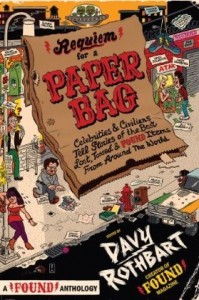 Requiem for a Paper Bag: Celebrities and Civilians Tell Stories of the Best Lost, Tossed, and Found Items from Around the World is a Found Anthology put together by Davy Rothbart, creator of Found Magazine. In this collection, Rothbart gave his famous hipster (I say hipster, because when a book begins with multiple references to both ramen noodles and found porn, what else can you say?) friends an assignment: Share a personal story about something fascinating that you yourself have found, or write a piece of fiction sparked by a particular find.
Requiem for a Paper Bag: Celebrities and Civilians Tell Stories of the Best Lost, Tossed, and Found Items from Around the World is a Found Anthology put together by Davy Rothbart, creator of Found Magazine. In this collection, Rothbart gave his famous hipster (I say hipster, because when a book begins with multiple references to both ramen noodles and found porn, what else can you say?) friends an assignment: Share a personal story about something fascinating that you yourself have found, or write a piece of fiction sparked by a particular find.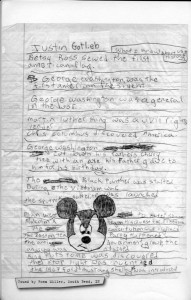 Sarah Vowell’s What Else I Know About U.S. History (a written response to a scrap of note paper found by Rona Miller of South Bend, Indiana) is so very Vowell in voice, that I can hear the emo as if she’s speaking the piece — and yes, that’s a fabulous thing.
Sarah Vowell’s What Else I Know About U.S. History (a written response to a scrap of note paper found by Rona Miller of South Bend, Indiana) is so very Vowell in voice, that I can hear the emo as if she’s speaking the piece — and yes, that’s a fabulous thing.